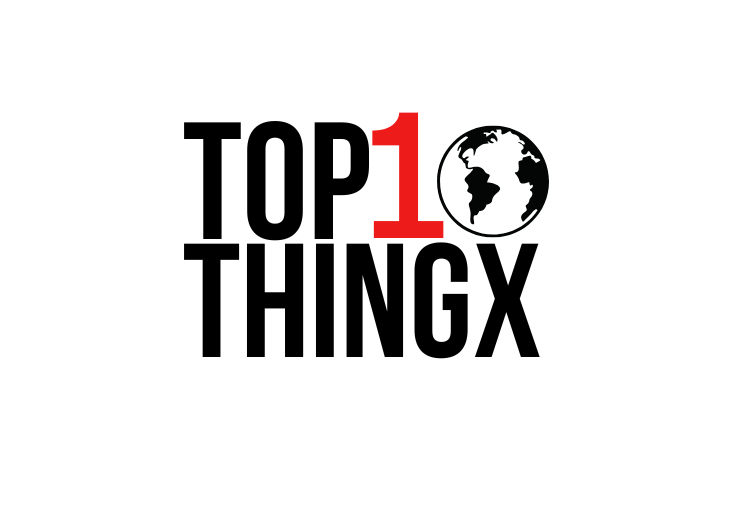Difference Between Web Browser and Web Server
In today’s digital age, terms like web browser vs web server are often used, but do you truly understand what each one does? You use a web browser every day to explore the internet—but what exactly is the web server behind the scenes that makes this access possible? Let’s dive into the core concepts and explore the difference between web browser and web server, their functionalities, and why understanding both is key to navigating the internet. What Is a Web Browser? A web browser is a software application that allows you to view and interact with content on the World Wide Web. Think of it as a digital window to online information. Common examples of browsers include:Google Chrome 1.Mozilla Firefox 2.Safari 3.Microsoft Edge Each of these server browsers interprets data from web servers and displays it for the user to view. What Is a Browser on a Computer? A browser on a computer is essentially your gateway to the internet. It sends requests to servers, retrieves data, and renders websites in a user-friendly format. If you’ve ever asked, “Which of the following programs is a web browser?”—the answer includes Chrome, Firefox, Safari, and Edge. How Does a Web Browser Work? When you type a URL into your browser’s address bar, it sends a request to a web server. The server processes the request and sends back the relevant data—usually a web page—using the HTTP or HTTPS protocol. The browser then displays this content on your screen. Popular Web Browsers Each browser offers unique features, but all perform the same basic function—retrieving and displaying information from web servers. What Is a Web Server? A web server is a system—either software or hardware—that stores, processes, and delivers web content. Picture it as a digital librarian: when your browser makes a request, the web server locates the requested web page and sends it to your screen. Different Types of Web Servers Here are some of the different types of web servers commonly used across the internet: How Does a Web Server Work? Web servers use protocols like HTTP to process requests from browsers. When your browser requests a web page, the server locates that page, processes the request, and returns the content to be rendered. App Server vs Web Server While web servers deliver static content (like HTML pages), application servers handle dynamic content such as database queries or business logic. The debate of app server vs web server centers on this division of roles. Web Server vs Web Application Server The comparison between a web server vs web application server is another important distinction. A web application server extends the capabilities of a standard web server by enabling advanced features like user authentication, session handling, and backend logic. Web Browser Security Features Web Server Security Features Interaction Between Web Browser and Web Server The interaction between web browser and web server forms the foundation of the internet. The browser sends a request, and the server responds with the appropriate data. This seamless communication enables everything from reading blogs to online banking. Why Understanding This Matters Understanding the difference between web browser and web server helps you grasp the core technology powering our digital world. Whether you’re a user, student, or developer, knowing how web browsers and web servers work together gives you a better appreciation of every click you make online.










